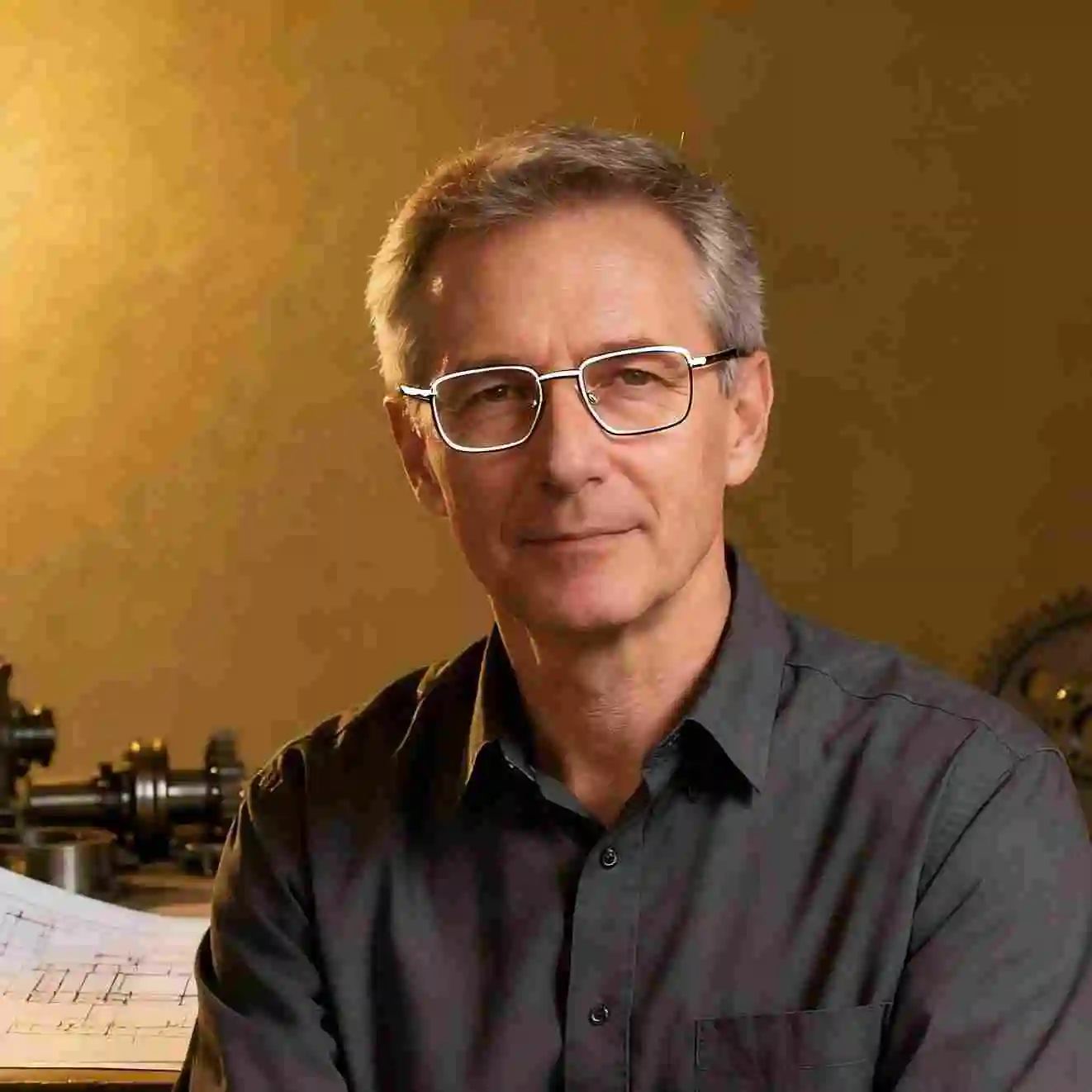
AI Expert
Image to Prompt Team
How AI Image Generators Work
.webp)

AI Expert
Image to Prompt Team
.webp)
Have you ever wondered how AI can transform a simple text description into a stunning, photorealistic image? The process is both fascinating and complex, involving cutting-edge machine learning techniques that have revolutionized digital art creation.
AI image generators like DALL-E, Midjourney, and Stable Diffusion represent some of the most advanced applications of artificial intelligence today. But how exactly do they work?
At the heart of every AI image generator lies a neural network - a computational model inspired by the human brain. These networks consist of millions, sometimes billions, of interconnected nodes that process information in layers, each layer building upon the previous one to create increasingly complex representations.
The training process is what makes these systems truly remarkable. AI image generators are trained on massive datasets containing millions of image-text pairs. During training, the system learns to associate specific words and phrases with visual elements, colors, styles, and compositions.
Training an AI image generator is a computationally intensive process that can take weeks or even months using specialized hardware. The system is shown millions of examples where it learns to predict what an image should look like based on its text description.
This process involves a technique called "diffusion," where the AI learns to reverse the process of adding noise to images. By understanding how to remove noise and restore clarity, the system can generate entirely new images from text prompts.
The quality of the generated image depends heavily on the prompt - the text description you provide. Effective prompts are specific, descriptive, and use language that the AI has learned to associate with particular visual elements.
For example, instead of simply saying "a cat," a more effective prompt might be "a majestic orange tabby cat sitting on a windowsill, golden hour lighting, photorealistic, detailed fur texture." The more specific and descriptive your prompt, the better the AI can understand and visualize your request.
While AI image generators are incredibly powerful, they do have limitations. They can sometimes struggle with complex spatial relationships, text within images, or highly specific details. The technology is rapidly evolving, however, with new models and techniques being developed regularly.
Understanding these limitations helps users craft better prompts and set realistic expectations for what AI image generators can achieve.
As AI technology continues to advance, we can expect even more sophisticated image generation capabilities. Future developments may include better understanding of complex scenes, improved consistency across multiple images, and enhanced ability to follow detailed artistic instructions.
The democratization of art creation through AI represents a significant shift in how we think about creativity and artistic expression, opening new possibilities for artists, designers, and creators worldwide.